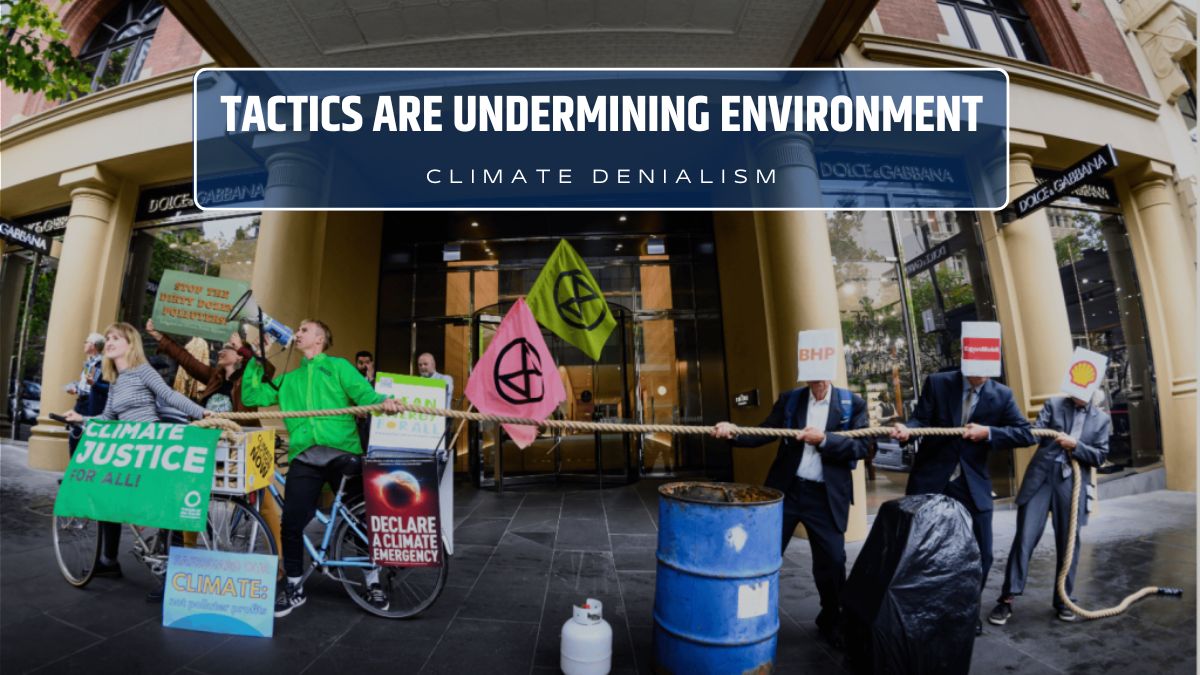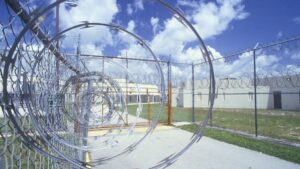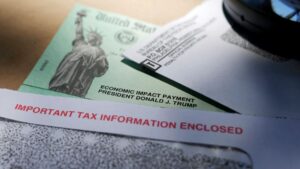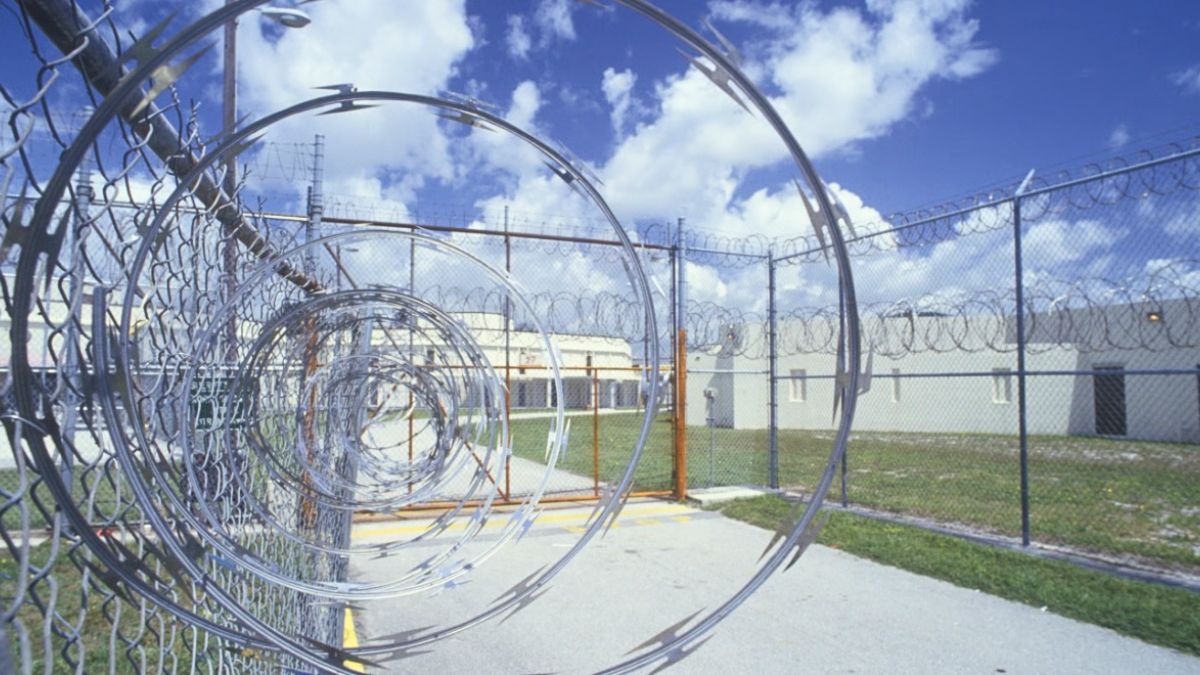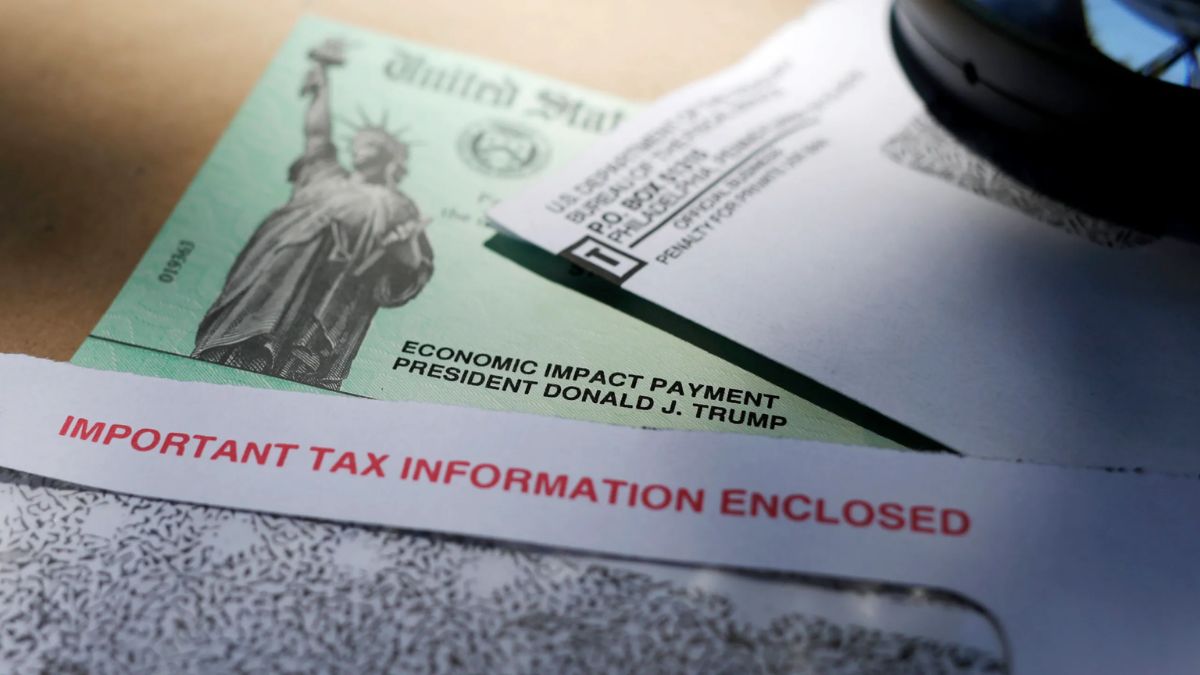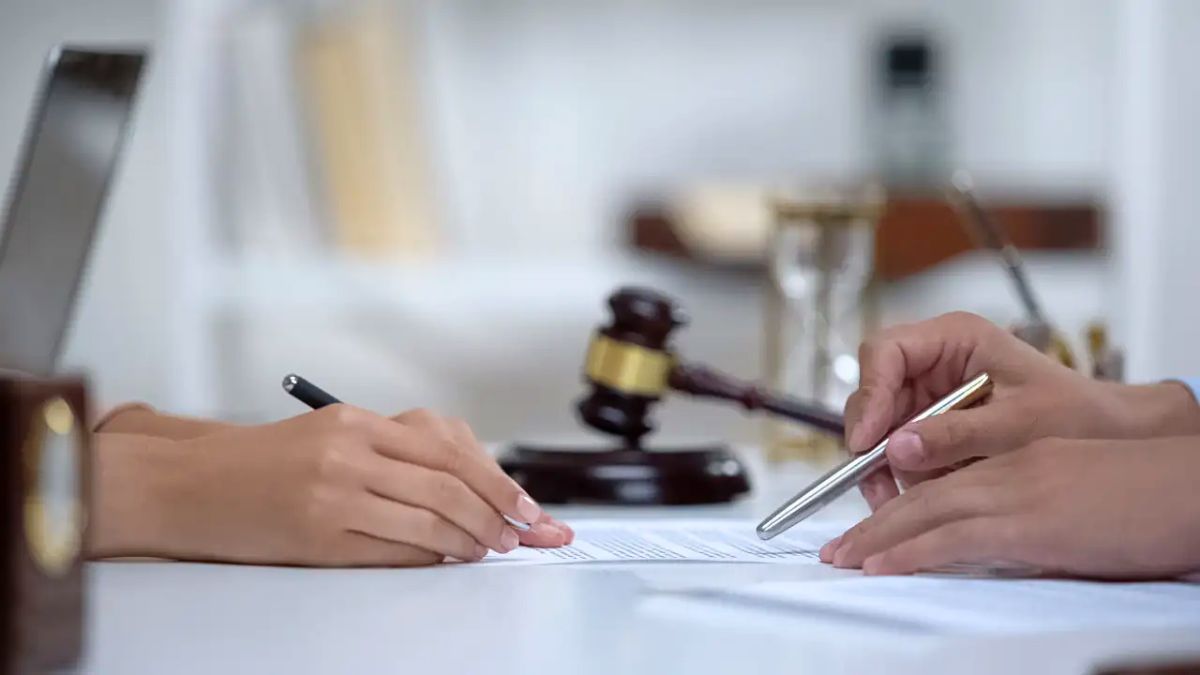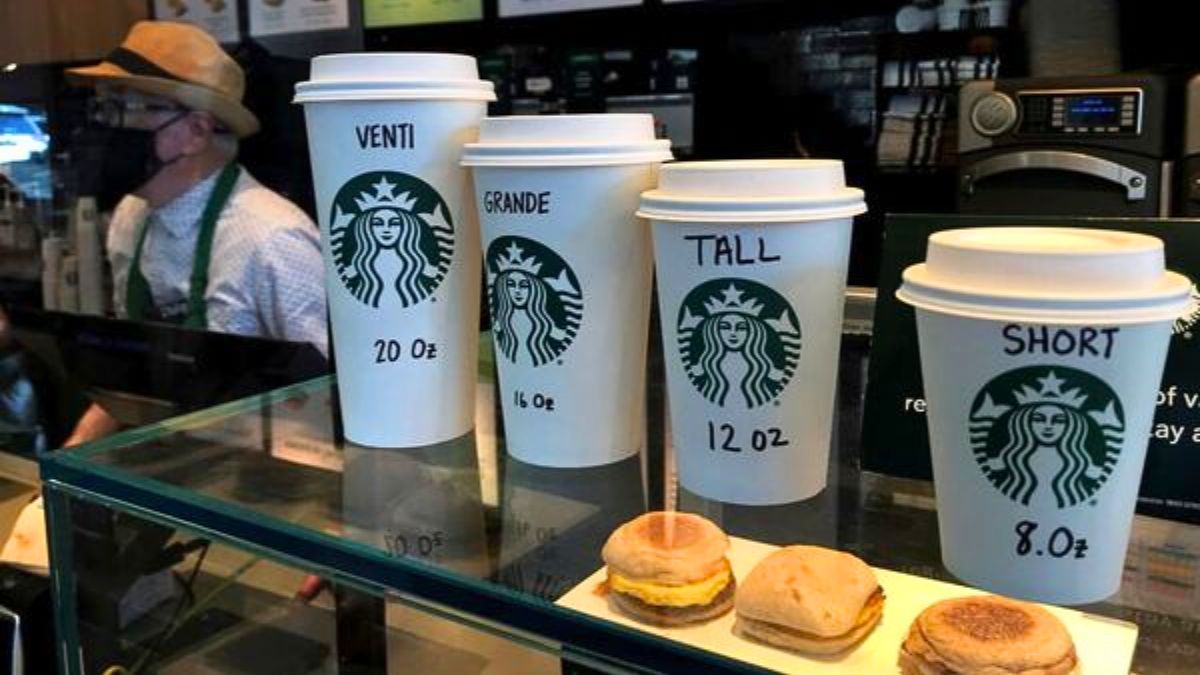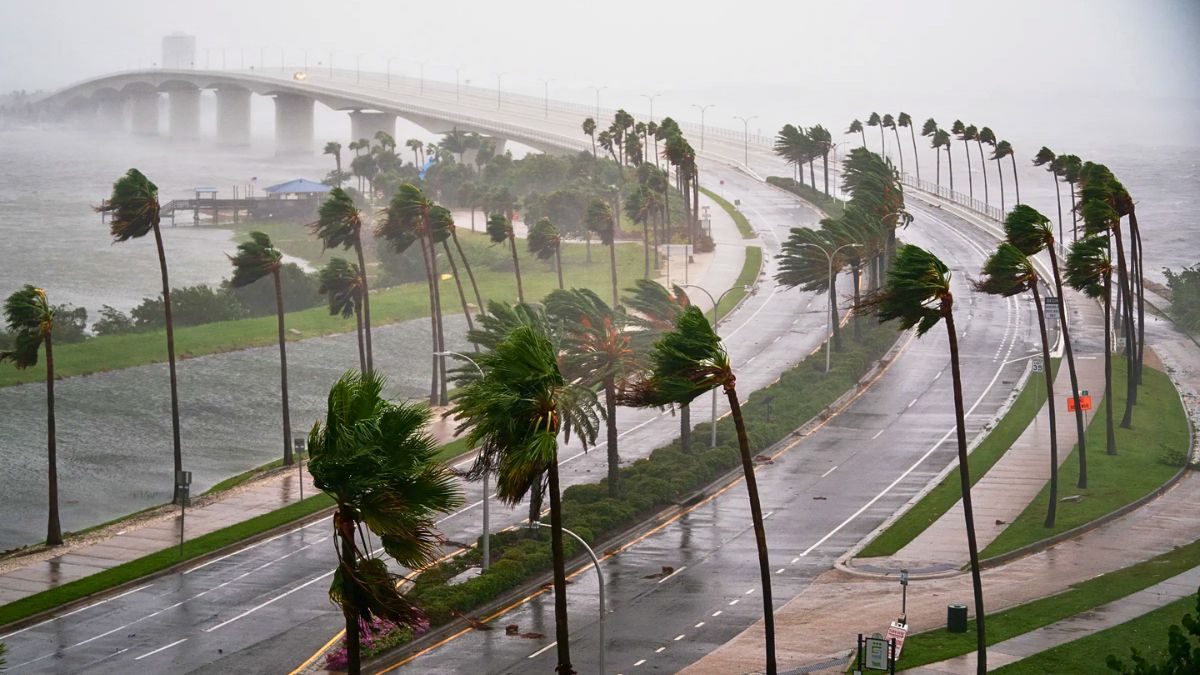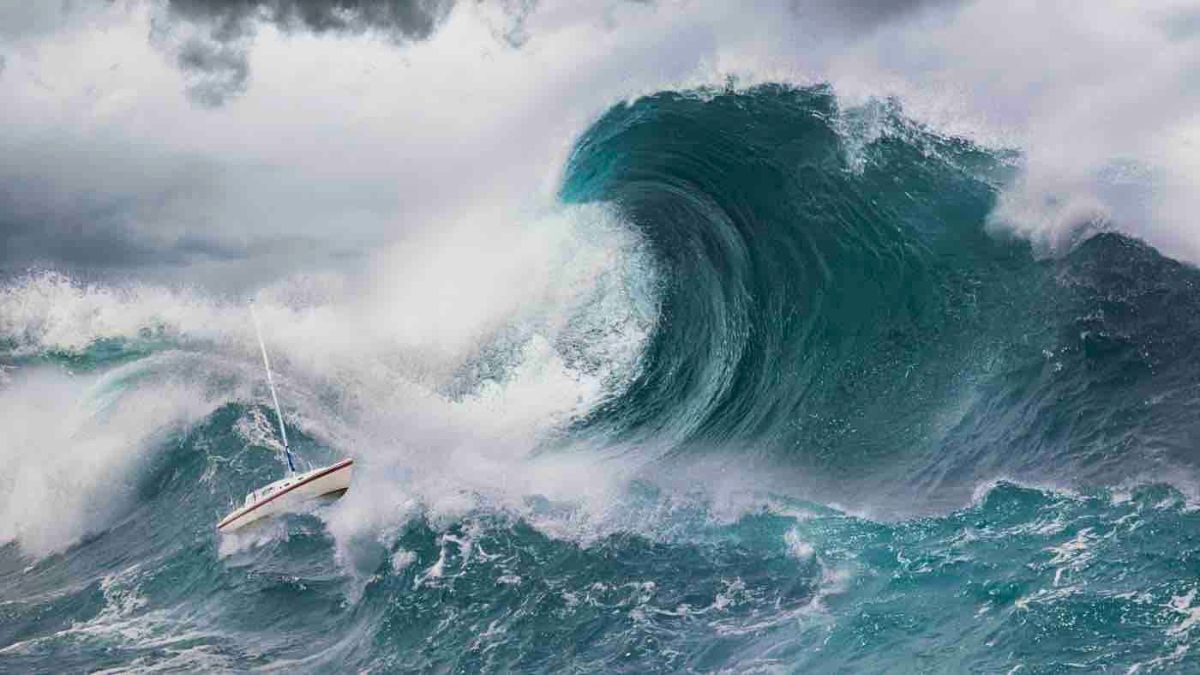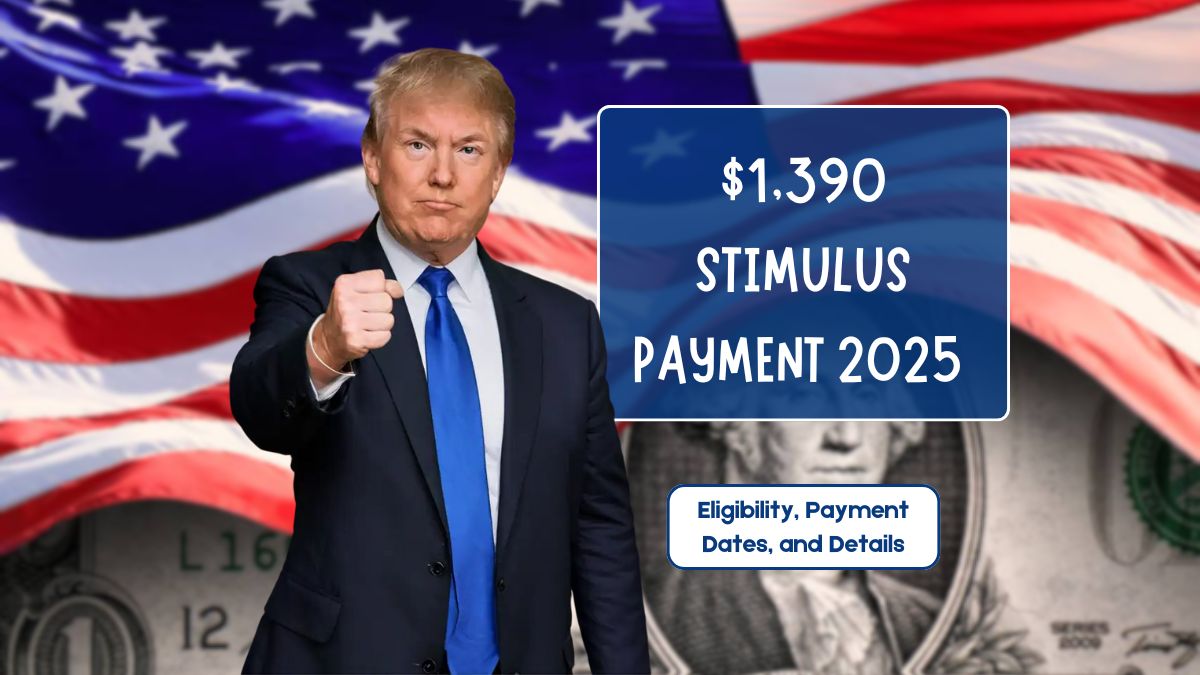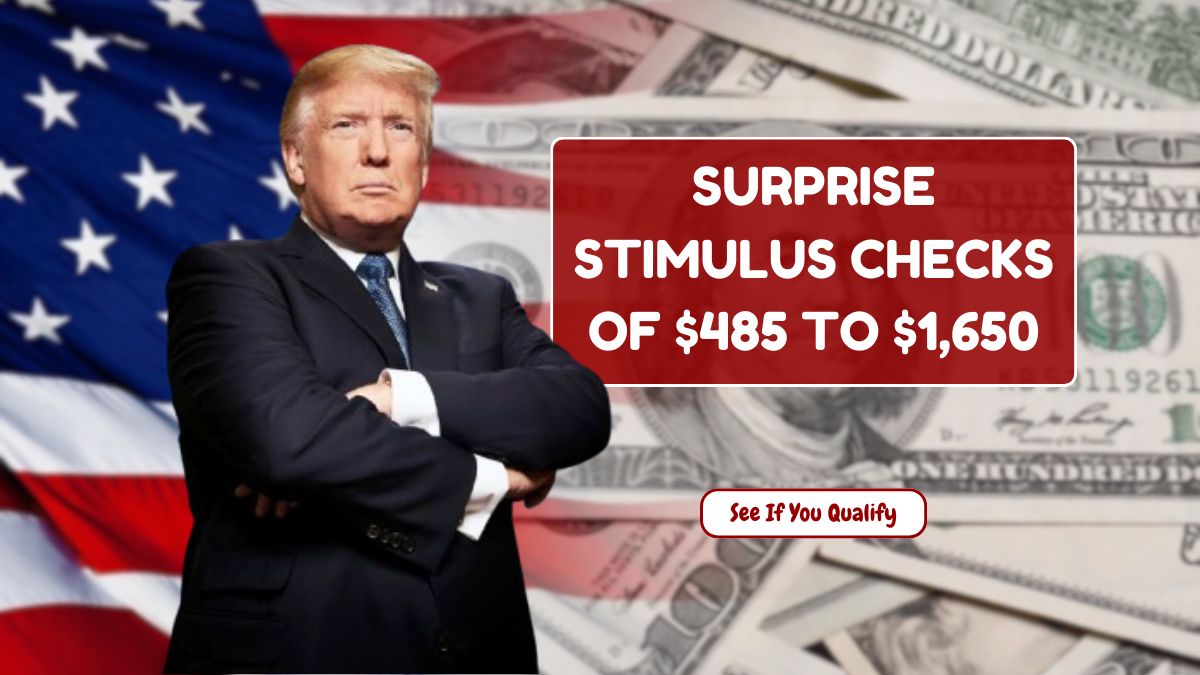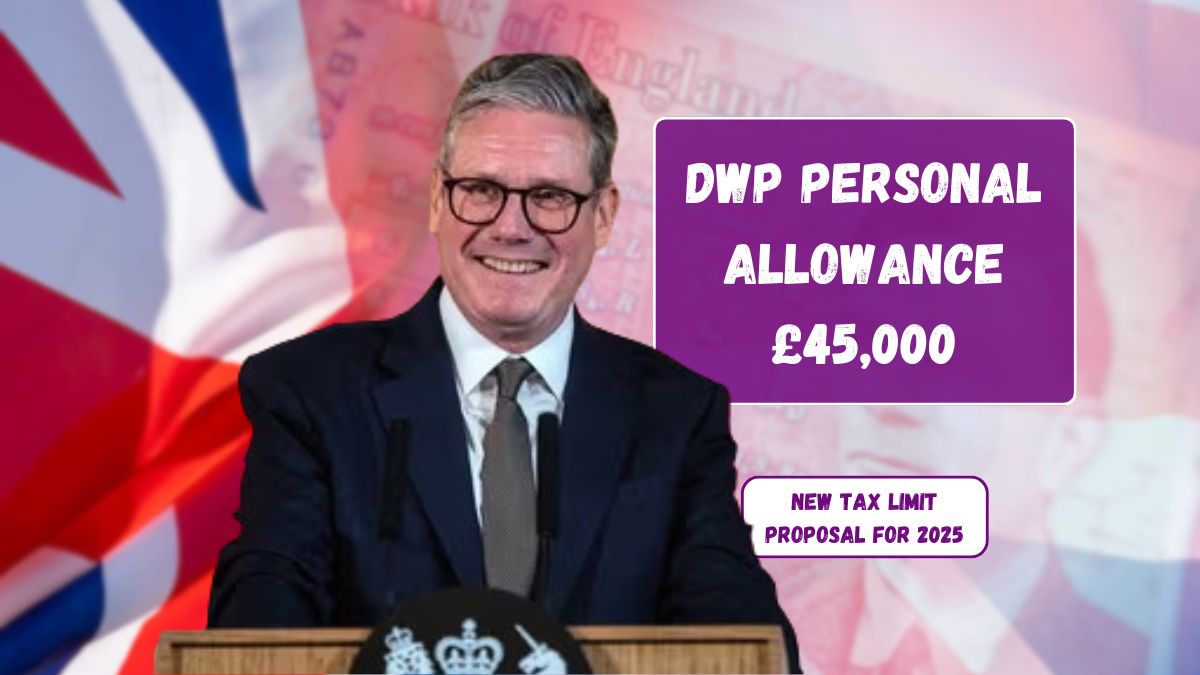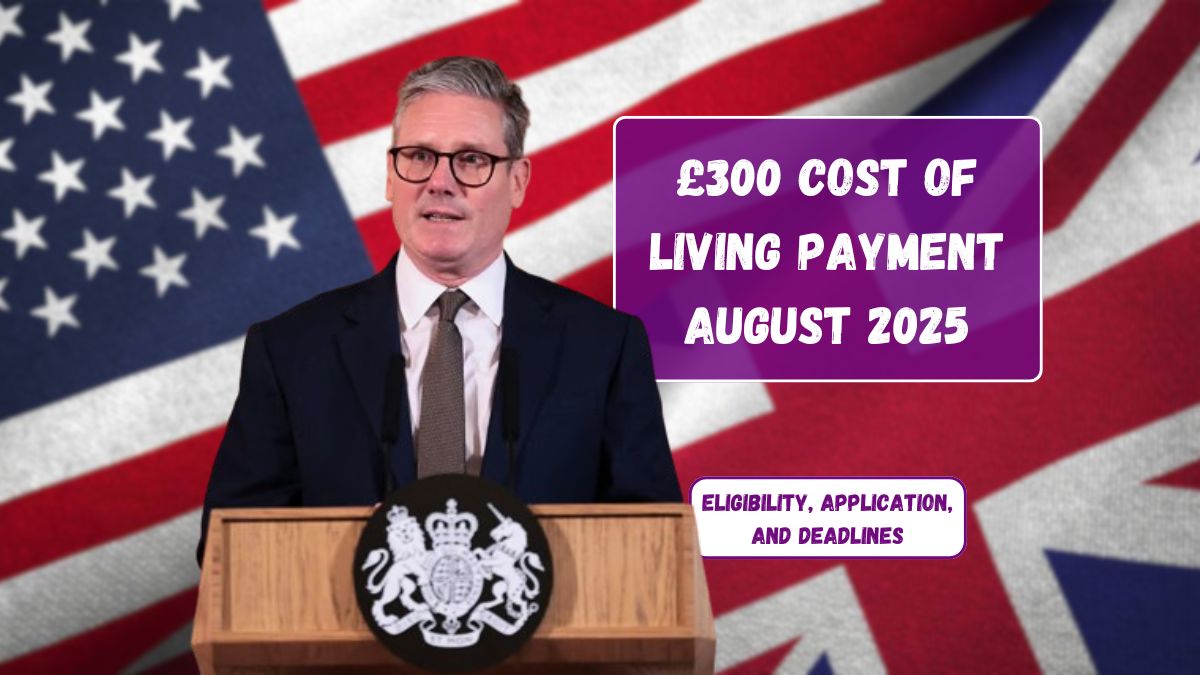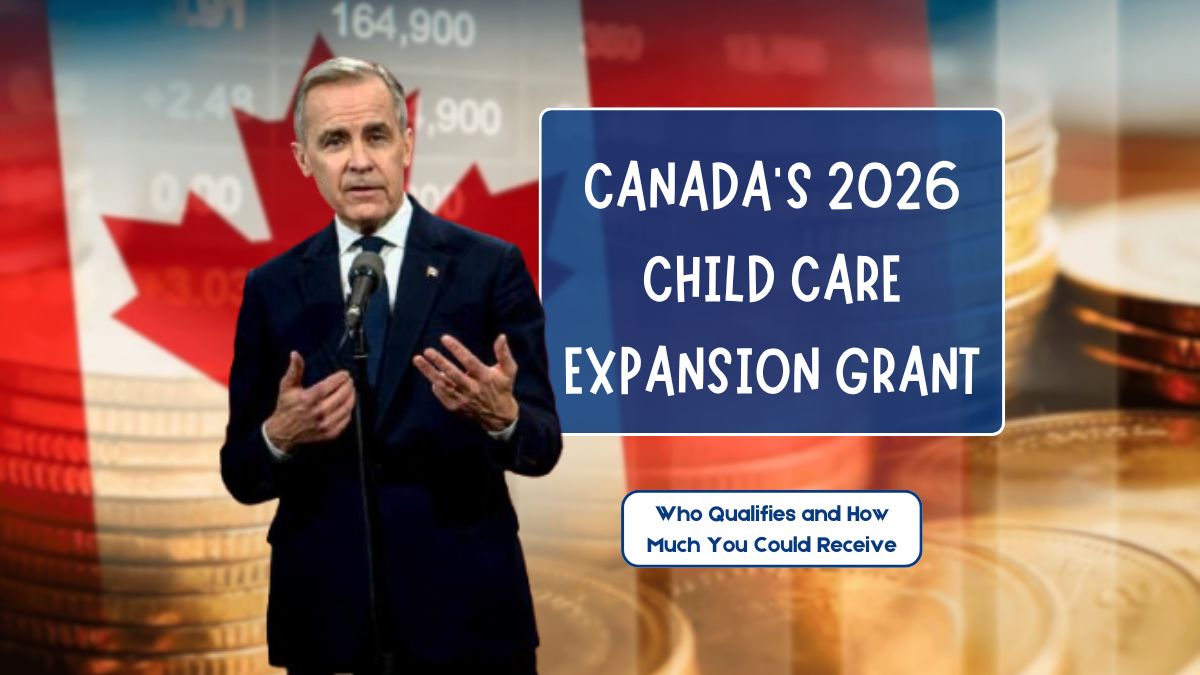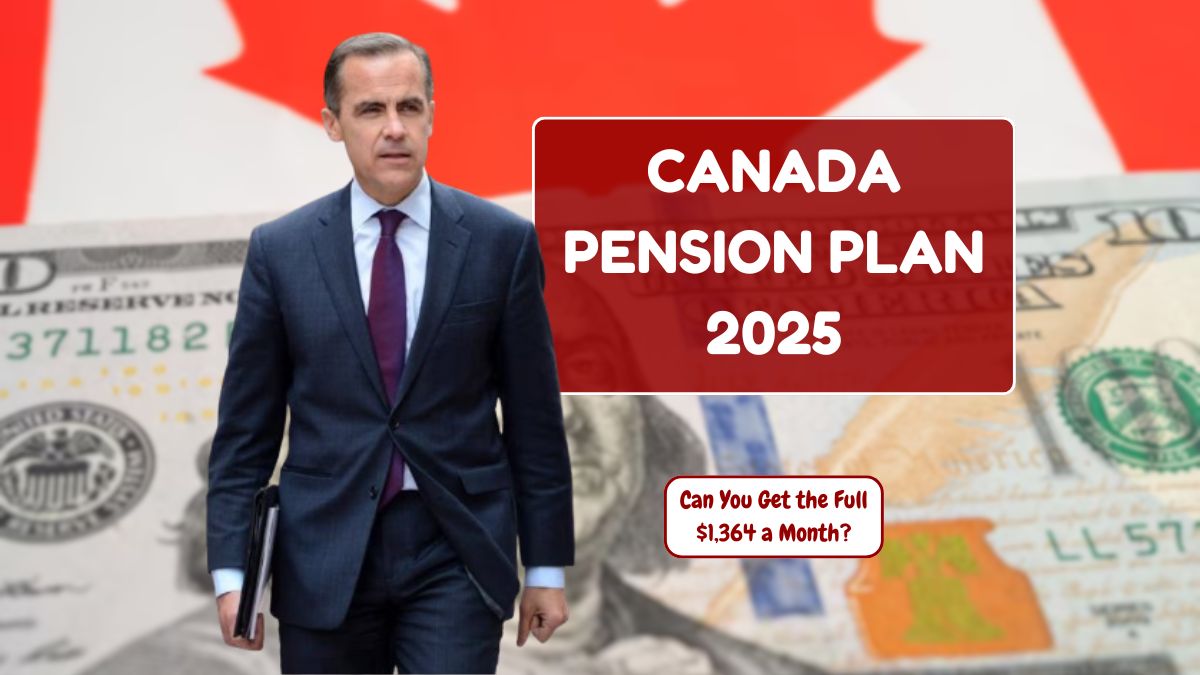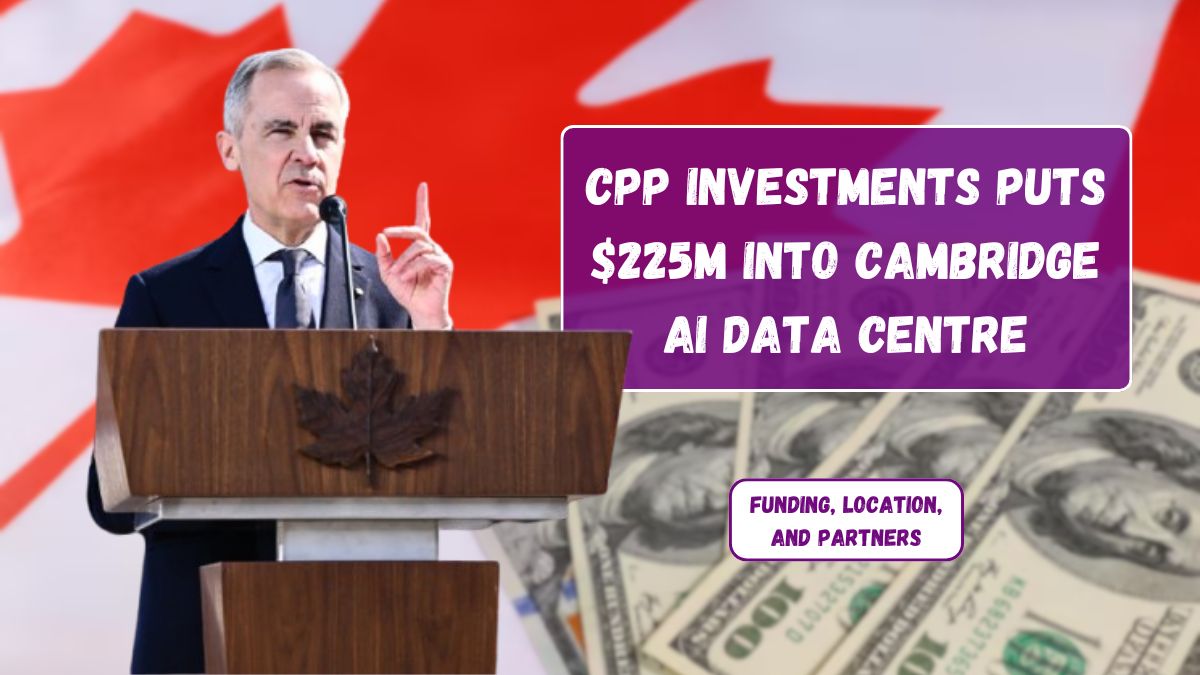The Clean Air Act is the cornerstone of America’s fight against air pollution. It gives the Environmental Protection Agency (EPA) a clear job: figure out what kinds of air pollution are dangerous to public health and welfare, then regulate the sources of those pollutants. But under the Trump administration, the EPA is taking a sharp detour from that responsibility. It’s now trying to scrap rules that were designed to limit greenhouse gas emissions from power plants—despite the mountain of scientific evidence showing their harm to both people and the planet.
This isn’t the first time the EPA has tried to dodge its duties.
History
Back in 2003, the EPA refused to act on a citizen petition demanding that it regulate greenhouse gases from cars. Instead of challenging the science directly, the agency chose a legal escape route. It claimed greenhouse gases weren’t “air pollutants” under the Clean Air Act. And even if they were, the EPA argued, it didn’t have to regulate them. Its reasons? Global efforts wouldn’t be helped by U.S. regulations alone, the effects of climate change were too uncertain, and tackling the issue piece by piece was inefficient.
At no point did the EPA say whether greenhouse gases actually endangered public health or welfare. That silence didn’t go unnoticed.
Reversal
In 2007, the Supreme Court responded in Massachusetts v. EPA. The ruling was clear: greenhouse gases are air pollutants under the Clean Air Act, and the EPA can’t avoid making a judgment about their danger just because it has policy concerns. The Court criticized the EPA for using vague administrative “judgment” as a way to duck the law.
That should’ve closed the case, but here we are again.
Strategy
Fast-forward to today. The EPA, under Trump-appointed leadership, is once again trying to dismantle climate protections. This time, they’re not avoiding regulation—they’re trying to reverse it. From vehicles to power plants, rules meant to cut greenhouse gas emissions are being targeted for removal.
Take the regulations on fossil-fuel power plants. These were enacted under section 111 of the Clean Air Act, which says the EPA must list and regulate categories of stationary sources of pollution if, in its judgment, they significantly endanger public health or welfare. The current EPA is now focusing on that single word—“significantly”—to argue for broad discretion. It says it can consider economic impacts, global effectiveness, and scientific uncertainty when deciding whether to even list sources as polluters.
Weakness
The legal playbook looks familiar. Just like in 2003, the EPA is pushing policy preferences into a part of the law meant to be about science. But the argument may be even weaker this time. Back then, the agency had simply refused to act. Now, it’s trying to repeal existing rules that were made through full public notice, comment, and legal explanation. Courts are usually stricter when agencies reverse already-established rules.
There’s another twist: In 2024, the Supreme Court issued a major decision in Loper Bright v. Raimondo, eliminating the deference courts used to give to agencies like the EPA when interpreting laws. That means courts now have more power to interpret the Clean Air Act themselves. EPA asks for comments on what this means but doesn’t seem to know how it affects their strategy.
Future
Will the EPA’s rollback succeed? Maybe. The Supreme Court that decided Massachusetts v. EPA is gone. The current Court is far more conservative and much less friendly toward federal regulations. What’s more, today’s political climate often favors rapid, sweeping executive action—even when it overrides scientific evidence or long-standing rules.
What remains clear is this: The Clean Air Act was built to protect the public from harmful pollution. Rewriting its meaning for short-term political goals could undermine not just climate action, but the very credibility of the laws meant to safeguard public health.
FAQs
What is the Clean Air Act’s purpose?
To reduce air pollution that harms health and welfare.
Why did the EPA refuse to act in 2003?
It claimed greenhouse gases weren’t pollutants under the law.
What did Massachusetts v. EPA decide?
It ruled that greenhouse gases must be regulated under the Act.
What is section 111 about?
It lets EPA regulate pollution from stationary sources like power plants.
What did Loper Bright v. Raimondo change?
It removed court deference to agency law interpretations.

